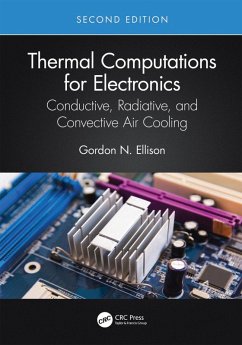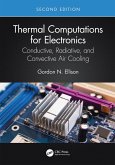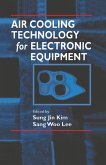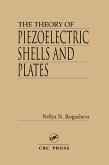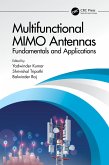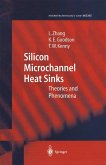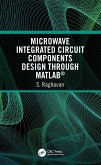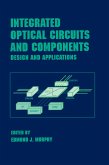The flavor and organization of the first edition have been retained, whereby the reader is guided through the analysis process for systems and then components. Important new material has been added regarding altitude effects on forced and buoyancy driven airflow and heat transfer. The first 20% of the book is devoted to the prediction of airflow and well-mixed air temperatures in systems, circuit board channels, and heat sinks, followed by convective (PCB-mounted components included), radiative, and conductive heat transfer and the resultant temperatures in electronic equipment. Detailed application examples illustrate a variety of problems.
Downloads (from the CRC website) include: MathcadTM text examples, exercise solutions (adopting professors only) plus PDF lecture aids (professors only), and a tutorial (Chapter 14) using free FEA software to solve a thermal spreading problem.
This book is a valuable professional resource for self-study and is ideal for use in a course on electronics cooling. It is well-suited for a first course in heat transfer where applications are as important as theory.
Dieser Download kann aus rechtlichen Gründen nur mit Rechnungsadresse in A, B, BG, CY, CZ, D, DK, EW, E, FIN, F, GR, HR, H, IRL, I, LT, L, LR, M, NL, PL, P, R, S, SLO, SK ausgeliefert werden.
I hope that this book can be really useful, especially if you're interested in looking at cooling. And there are some great knowledge too, to gain from this book, especially if you want to understand not only how to simulate that, but also how to understand the physics behind it in the more natural manner, lets say without necessarily having to compute everything on the computer first.
You can use thermal networks theory, or you can use various things like that, that can help you to get an idea of the temperature into your system without having to compute everything first. And, I think this really helps for engineers who works with thermal.
-Cyprien Rusu, FEA Expert, MIDAS IT

